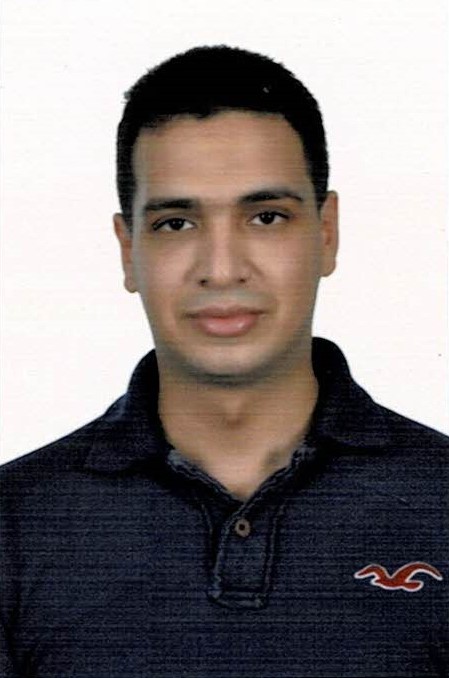On Mar. 14, 2022, ONE Lab team at Zewail City for Science and Technology and Cairo University; in collaboration with King Fahd University of Petroleum and Minerals (KFUPM) has an accepted paper at the highly-ranked prestigious IEEE Internet of Things Journal (Impact Factor 9.47)
The paper is considered the first outcome of the Master thesis of Eng. Yasser Nabil, Master student at Cairo University and Research Assistant within ONE Lab team.
The paper title is “ Data Aggregation in Regular Large-scale IoT Networks: Granularity, Reliability, and Delay Tradeoffs ” and the paper abstract is given below:

This paper studies data aggregation in large-scale regularly deployed Internet of Things (IoT) networks, where devices generate synchronized time-triggered traffic (e.g., measurements or updates). The data granularity, in terms of information content and temporal resolution, is parameterized by the sizes of the generated packets and the duty cycle of packet generation. The generated data packets at the devices are aggregated through static terrestrial gateways. Universal frequency reuse is adopted across all gateways and randomized scheduling is utilized for the IoT devices associated with each gateway. Such network model finds applications in environmental sensing, precision agriculture, and geological seismic sensing to name a few. To this end, we develop a novel spatiotemporal mathematical model to characterize the interplay between data granularity, transmission reliability, and delay. The developed model accounts for several IoT design parameters, which include packet sizes, generation duty cycle, devices and gateways spatial densities, transmission rate adaptation, power control, and antenna directivity. For tractable analysis, we propose two accurate approximations, based on the Poisson point process, to characterize the signal-to-interference-plus-noise-ratio (SINR) based transmission reliability. For the delay analysis, we propose a phasetype arrival/departure (PH/PH/1) queueing model that accounts for packet generation, transmission scheduling, and rate-sensitive SINRbased packet departure. The developed model is utilized to obtain the optimal transmission rate for the IoT devices that minimizes delay. The numerical results delineate the joint feasibility range of packet sizes and inter-arrival times for data aggregation and reveal significant gains when deploying directional antennas.
